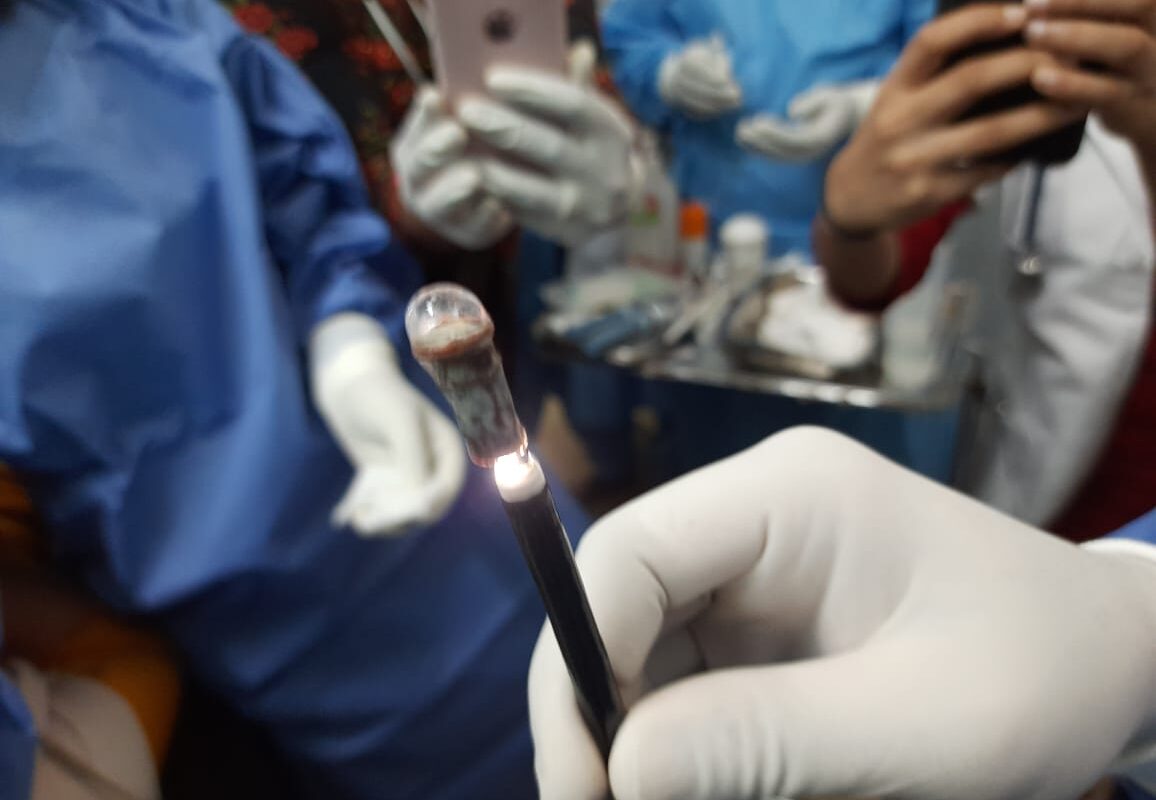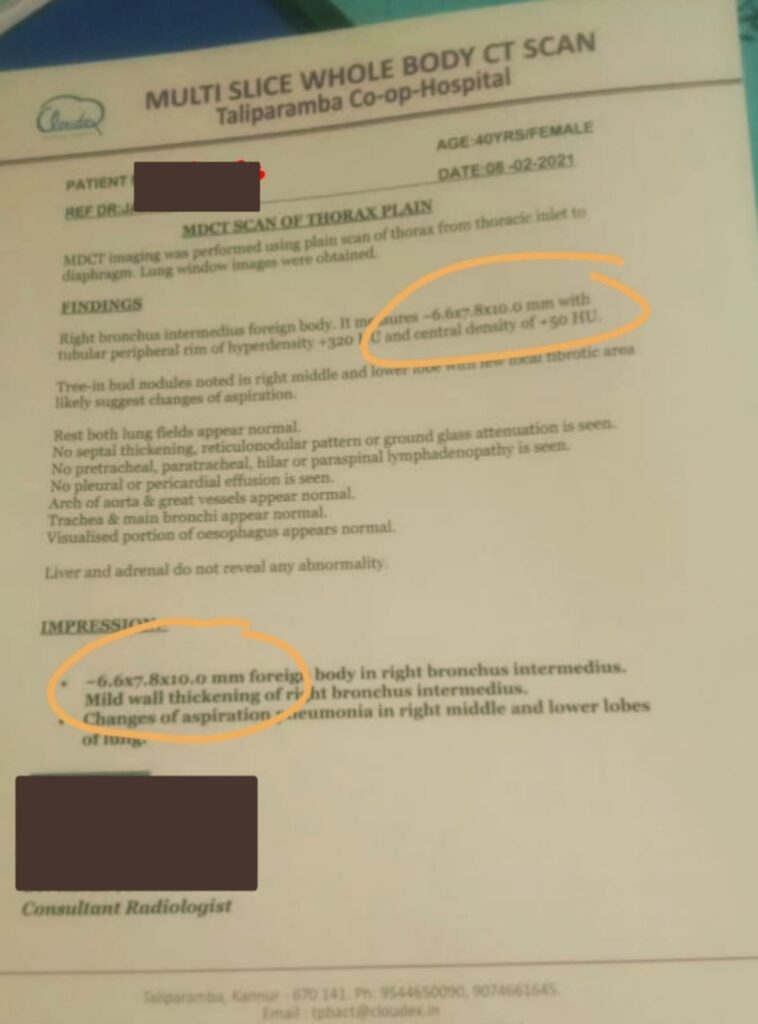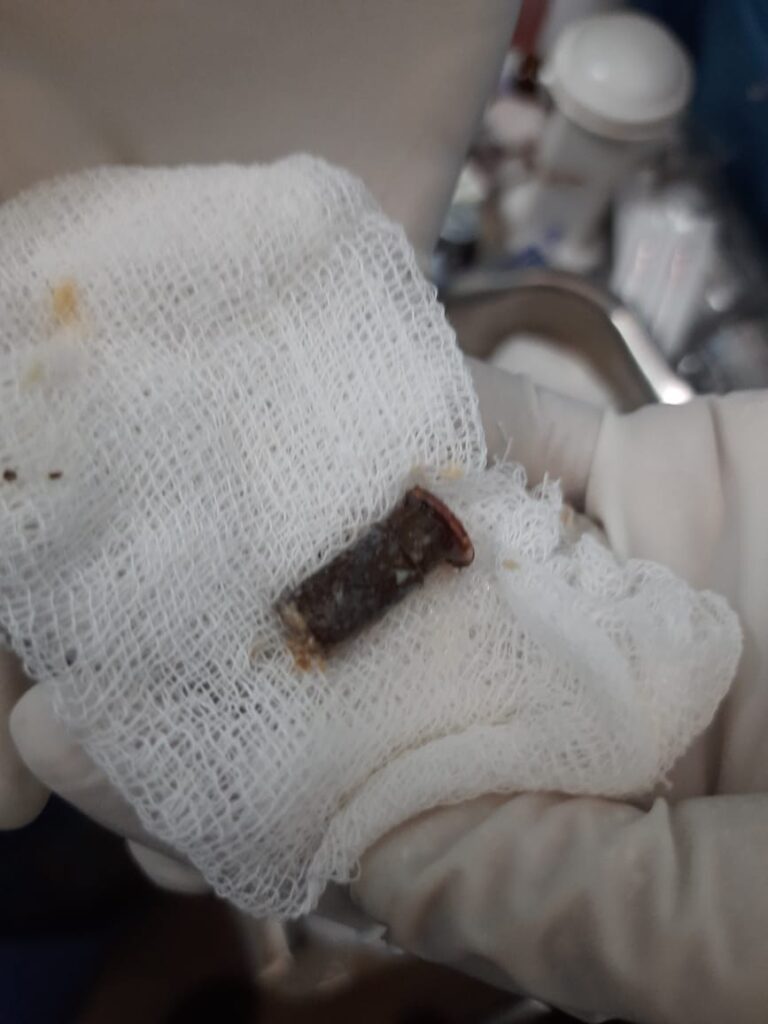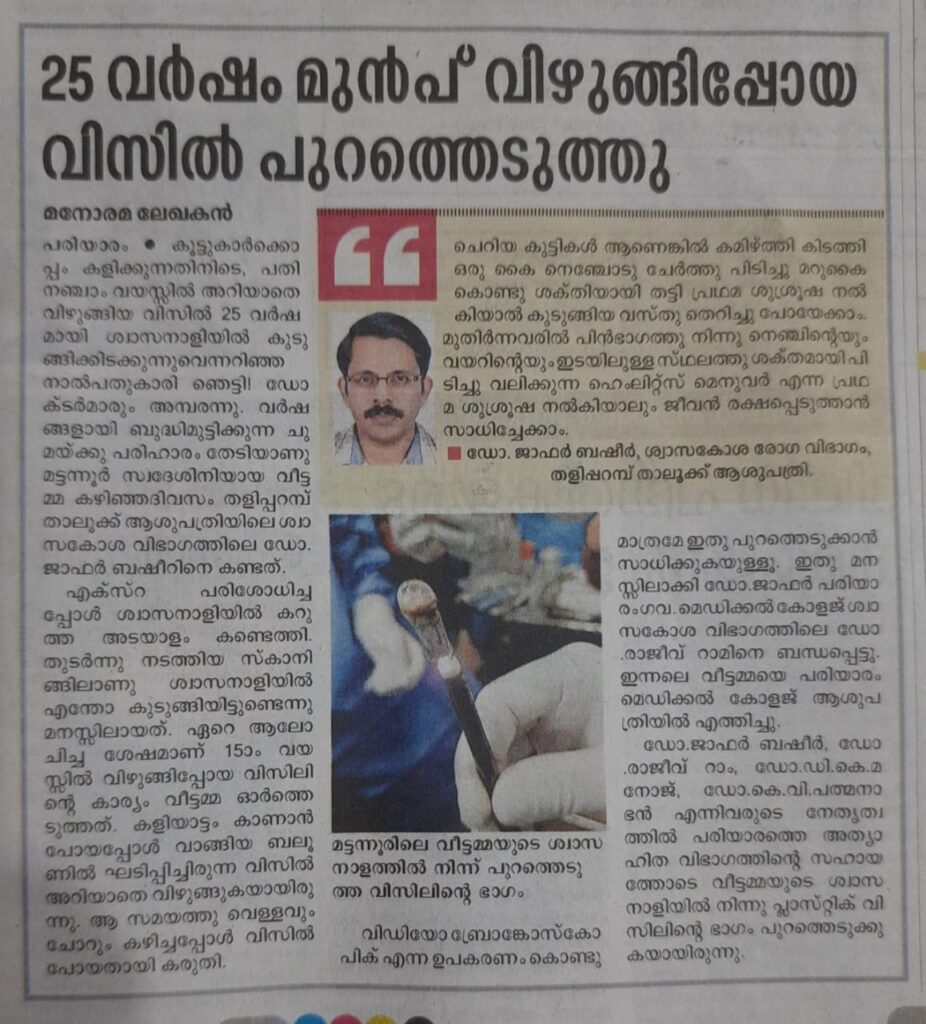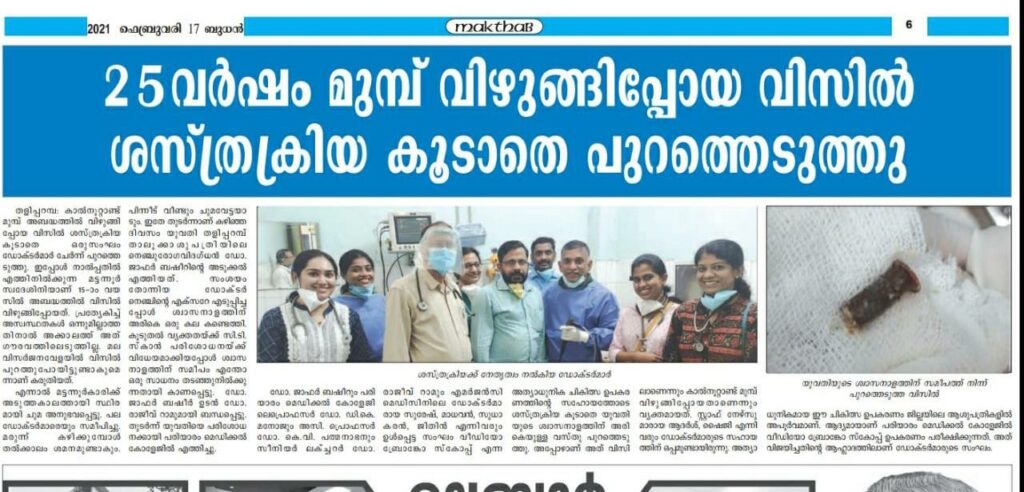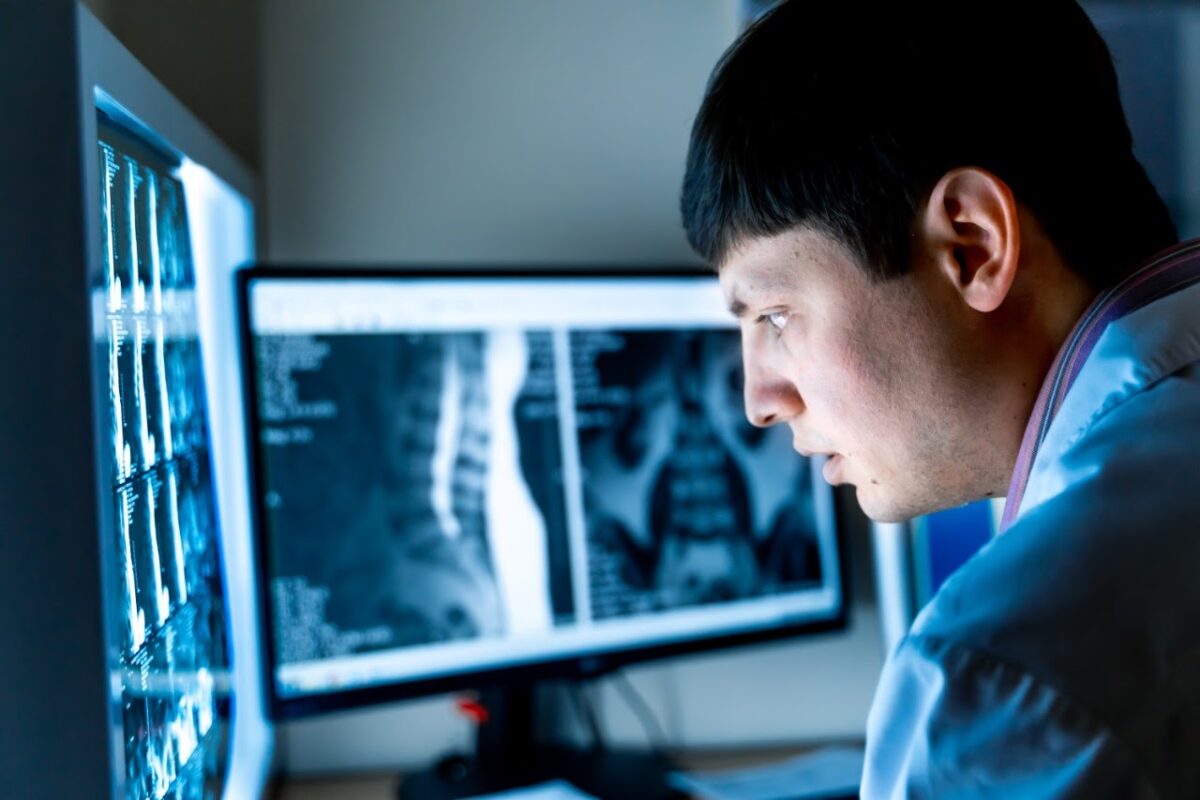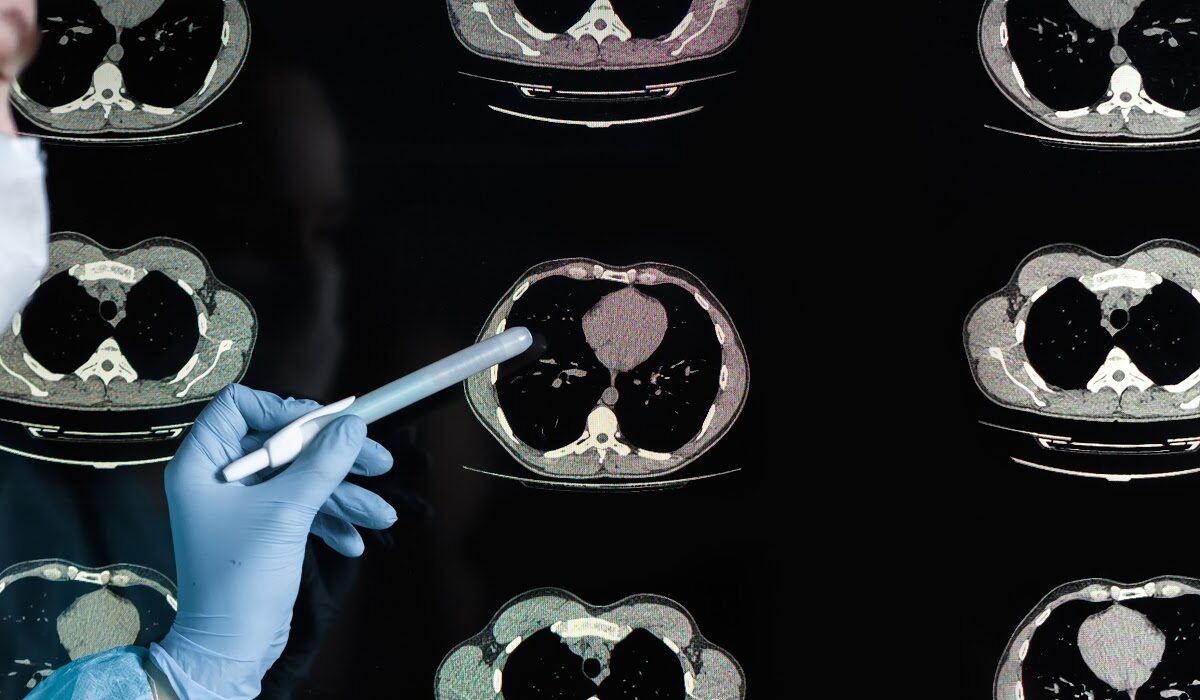Reporting errors happen in radiology. Certainly they are not intentional, and many have little or no consequence to patients; others are significant. In an effort to be helpful, I would like to share four strategies to help reduce reporting errors in radiology. They are not intended to be in any way comprehensive, but they are actions that might help to increase accuracy.
It’s important to emphasize that I prefer the term “discrepancy” rather than error for much of what we’re considering. The term error implies a mistake, and that a clear-cut diagnosis and correct report are possible. However, as radiologists we know that there is not always a single definitive outcome from an imaging study. Imaging is rarely binary – “normal” or “abnormal”. We render an interpretation that is based on our understanding of the patient’s condition at the time of the exam. Often an “error” is determined later in the light of additional information and a developing clinical picture. The concept of necessary fallibility must be accepted. However, I will use the term “error” for the purpose of this blog, as it is the label most frequently used in literature and discussion.
How prevalent are errors? It seems that 3-5 % is the best minimum error rate achievable even when working in the best of circumstances (1). Knowing that one billion radiologic imaging exams are read annually worldwide, and assuming an average error rate of 4 percent, that equals approximately 40 million radiologist errors annually (2).
Strategy: address cognitive biases in radiology
We all have cognitive biases. They are the result of our brains’ attempts to simplify information processing. We cannot rid ourselves of these biases, but we need to be aware of them and take corrective actions to minimize their influence on our reporting (3). The following are only a selection of the many recognized biases to which radiologists are prone, with some suggested corrective measures of varying practical applicability. Admittedly, some of the suggested correction strategies are not feasible in usual radiology practice.
Strategy: address cognitive biases in radiology
We all have cognitive biases. They are the result of our brains’ attempts to simplify information processing. We cannot rid ourselves of these biases, but we need to be aware of them and take corrective actions to minimize their influence on our reporting (3). The following are only a selection of the many recognized biases to which radiologists are prone, with some suggested corrective measures of varying practical applicability. Admittedly, some of the suggested correction strategies are not feasible in usual radiology practice.
- Anchoring bias – this is the tendency to rely on our initial impression and fail to adjust it in the light of subsequent information. Correction: avoid early guesses, and seek to disprove your initial diagnosis rather than confirm it. In some cases, you might want to get a second opinion.
- Framing bias – this is the result of being influenced by the way a problem is framed. For example, if a referrer states, “the patient may have leprosy,” then your interpretation will be influenced by that statement, even though the likelihood of imaging findings being due to leprosy may be remote. Correction: initially review the study blindly before reading the clinical information.
- Availability bias – this is the tendency to consider a diagnosis more likely if it readily comes to mind. For example, you are more likely to consider a pathology that you saw on a study the previous day, even if its likelihood is very small. Correction: try to use objective information to estimate the true base rate of that diagnosis, rather than relying on a quick initial impression.
- Satisfaction of search – this is the tendency to stop searching for abnormalities once a likely diagnosis or first abnormality is found. Correction: use a systematic interpretation strategy, perhaps relying on a checklist or algorithmic approach, to help ensure a thorough review. Additionally, do a secondary search after initial abnormality detection, and also consider known combinations (e.g associated multiple injuries that commonly occur together in the knee).
- Premature closure – this is the tendency to accept a diagnosis before full verification. Correction: always give a differential diagnosis. Never make a working diagnosis absolute without pathological confirmation. It’s important to make clear that I DON’T advocate this suggested corrective strategy; it would diminish the value created by radiology in patient care).
Strategy: probe for more patient information
I realize that it can be difficult to find time for clinical consultations with our referring colleagues, and for direct interaction with our patients. But I strongly believe that these activities are essential to improving our clinical practice. Also, their value is supported by several studies that show a higher percentage of errors occur when reporting is done by off-site reporters who had no opportunity to interact with the referrers or patients, and were presented with only a limited amount of clinical information (4). It is part of the job of radiologists to probe for more information when our instincts tell us the picture we have been given is incomplete.
A few helpful actions are:
• Discussing the appropriateness and justification of scans
• Tailoring studies to the specific clinical question
• Asking for appropriate missing snippets of history, rather than just proceeding because of time pressures
• Having direct discussions with referrers (including within multidisciplinary team meetings) about the significance of the scan results
Strategy: improve report writing
Sometimes we may interpret imaging studies accurately but be unclear in how we convey our meaning in the written report. From the patient’s perspective, the outcome can be the same whether we miss a potential diagnosis or we identify the relevant abnormalities but fail to effectively communicate the key findings and/or their meaning in a poorly-written report. If our reports are incoherent, rambling, and verbose – and if it’s impossible for the referrer to clearly understand what is most important in them – then we have failed to communicate, and are as guilty of “error” as if we missed the relevant findings entirely.
In fact, communication failure in general is the fourth most common reason for radiologists in the U.S. being sued, and 60% of these cases were due to a failure to highlight an urgent or unexpected abnormal finding and to emphasize it appropriately in reports.
I recommend you take a look at your own past reports with a fresh set of eyes, or perhaps ask a trusted colleague to read them. Look closely at your report structure, its organization, and your vocabulary choices. Are there mistakes in grammar or punctuation? Have you failed to correct errors in voice-recognition transcription, leading to confusion about your meaning?
I personally am not a huge fan of structured reporting, but I acknowledge that using them, especially for complex imaging studies, increases thoroughness and accuracy.
My recommendation: make your reports simple and clear, correct typographical errors, include what matters, do not include the irrelevant.
Strategy: ease mental and visual fatigue
Visual fatigue results from prolonged focusing on a workstation, and can be alleviated (in part) by accommodative relaxation, shifting your visual focal point from near to far (e.g. looking at a distant object for 15-30 seconds) every 15 minutes.

Mental fatigue is the consequence of continuous and prolonged decision making. We need to be aware that our cognitive processes respond to this mental strain by taking short cuts that might result in poor judgement and diagnostic errors. Here are a few suggestions that that might help you ease your mental fatigue (5):
- Read the most difficult cases at the beginning of your shift when you are fresh.
- Switch periodically between modalities.
- Take structured breaks.
- Reduce unnecessary interruptions and distractions
It is impossible to expect 100 percent accuracy 100 percent of the time, even under the best of circumstances. Our working environments in this current era of expected hyper-efficient radiology are far from ideal. Radiologist “error” may arise from personal issues, such as the visual and mental fatigue mentioned above, but systemic issues beyond our control (staff shortages, excessive workload, inadequate equipment, poor lighting conditions, lack of availability of previous studies etc.) are also frequent contributors, and they are unlikely to ever be completely eliminated.
Shifting to a system-centered view of errors
In addition to taking steps to minimize the occurrence of errors, we should also consider our reaction when they do happen. The traditional approach within medicine has been person-centered, with errors viewed as indicative of a personal or professional failure. This culture of “naming, shaming and blaming” can result in suppression of error reporting as well as missed opportunities to learn from each other’s mistakes, and to make process improvements. We need understanding and support from each other and from others in healthcare when mistakes happen.
I believe we should shift our focus to the system, rather than the individual. A system-centered approach facilitates exploration of why an error happened and what can be done to prevent it from happening again. The National Radiology Quality Improvement Programme of the Faculty of Radiologists of the Royal College of Surgeons in Ireland is an example of an effort to embed in practice this more-enlighted and more-beneficial approach to errors. (6)
I also believe that we as a profession need to educate our patients about error rates. As leaders in radiology like Giles Maskell have emphasized, there is a yawning gap between what we know to be our error rate and what our patients believe it to be. The discovery in hindsight of an error in interpretation of a radiological image is often perceived by the patient as something shocking and exceptional, calling into question the competence of the radiologist and the overall care they are receiving. It would benefit radiologists if patients, referrers, and others in healthcare better understood the pervasive nature of radiological “error”, the inherent uncertainty in much of what we do, and the measures we take to avoid it, while also emphasizing the enormous benefit that radiology – despite its inherent flaws – continues to bring to patient care.
In closing, I will share this quote from Sir William Osler, English/Canadian physician, who said, “Errors in judgement must occur in the practice of an art which consists largely in balancing probabilities.”
What are your thoughts and strategies for reducing errors in radiology? Please comment below.
This content was originally presented by Dr. Brady at ECR 2023.
Conclusion
Esr president Adrian Brady recently sat down with Carestream to discuss the 4 best Strategies for reducing reporting errors in radiology.
We would like to thank https://www.myesr.org/ for providing valuable information and resources for this article.

